Sound out its name right now, so you never forget it–
Wack—-oh—da—hatch—eee.
You don’t have to drive to Everglades National Park to fulfill your bird life list. Close to civilization, hidden in the center of Palm Beach County is a birdwatcher’s mecca. Here, an easy to access boardwalk extends one mile into a “created wetland” where Gallinules, Herons, Spoonbills, Anhingas, Kestrals, dabblers and raptors nest within reach of your binoculars and telephoto lens. http://discover.pbcgov.org/waterutilities/Pages/Wetlands.aspx
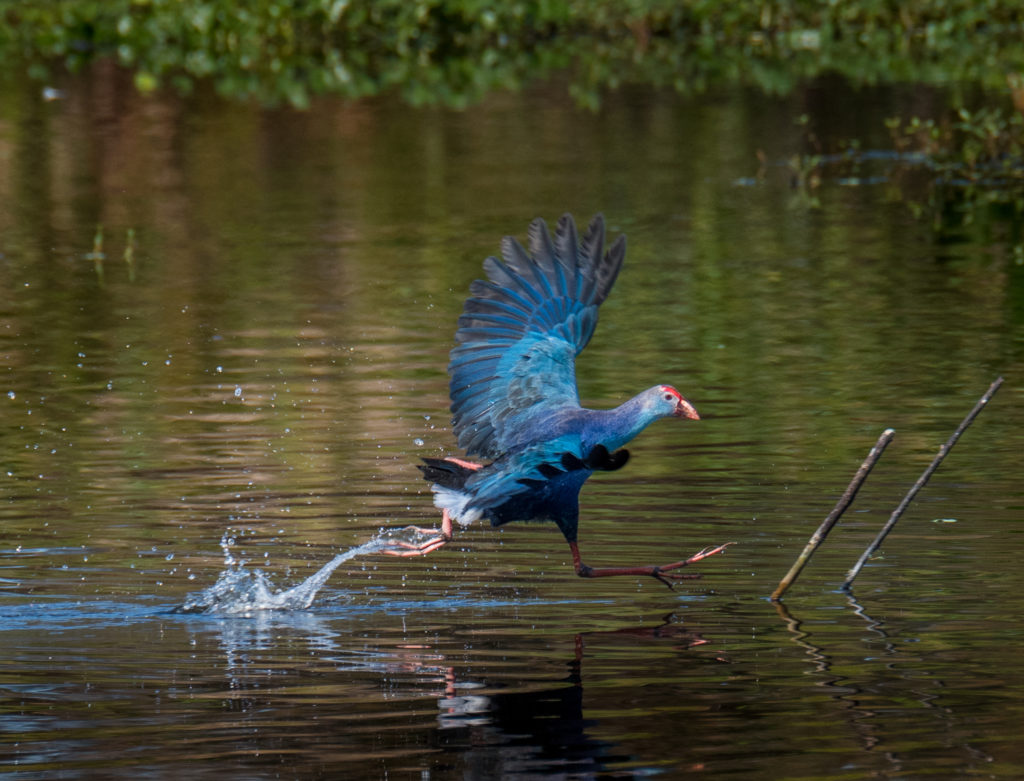
A nature photographer’s first trip to Wakodahatchee Wetland in Delray Beach, Florida is an adrenaline rush! Among the caws, squalks and chirping of a thousand animals , professionals and hobbyists with cameras of all types can be heard enthusing, “There’s a Spoonbill in that flock of Wood Storks”, “Gold Crowned Night Heron here!” “American Kestral in that tree!”
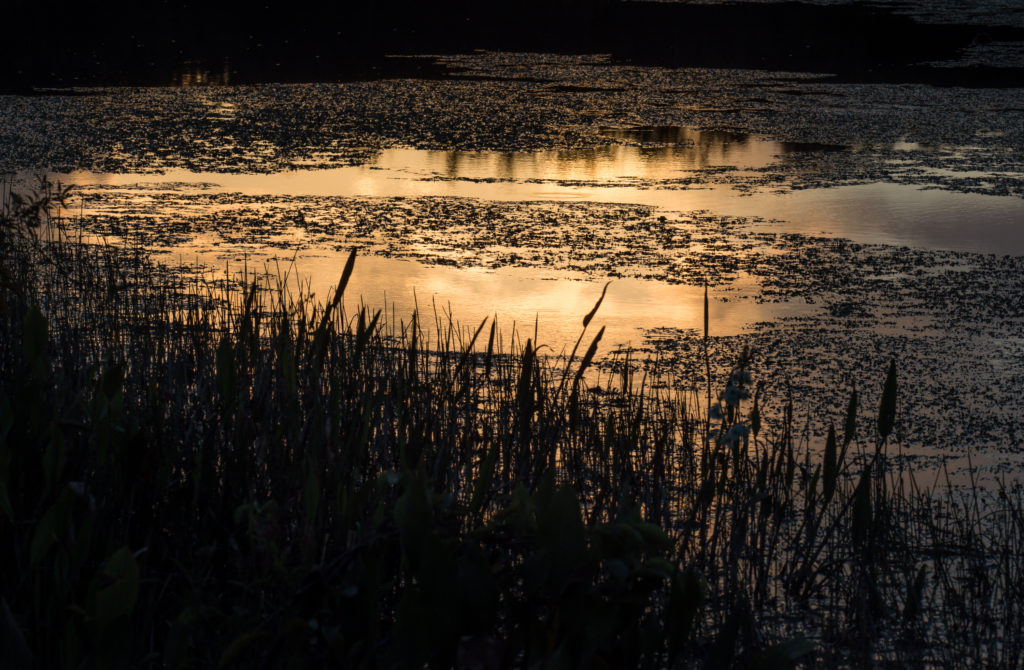
As the sun rises over this man-made and managed wetland, one’s eyes adjust to discover that the marsh islands and trees on each side of the boardwalk, contain hundreds of birds and nests. Some are prized photographic species like the Reddish Egret, American Bittern, Purple Gallinule, Roseate Spoonbill, Anhinga and the Great Heron.
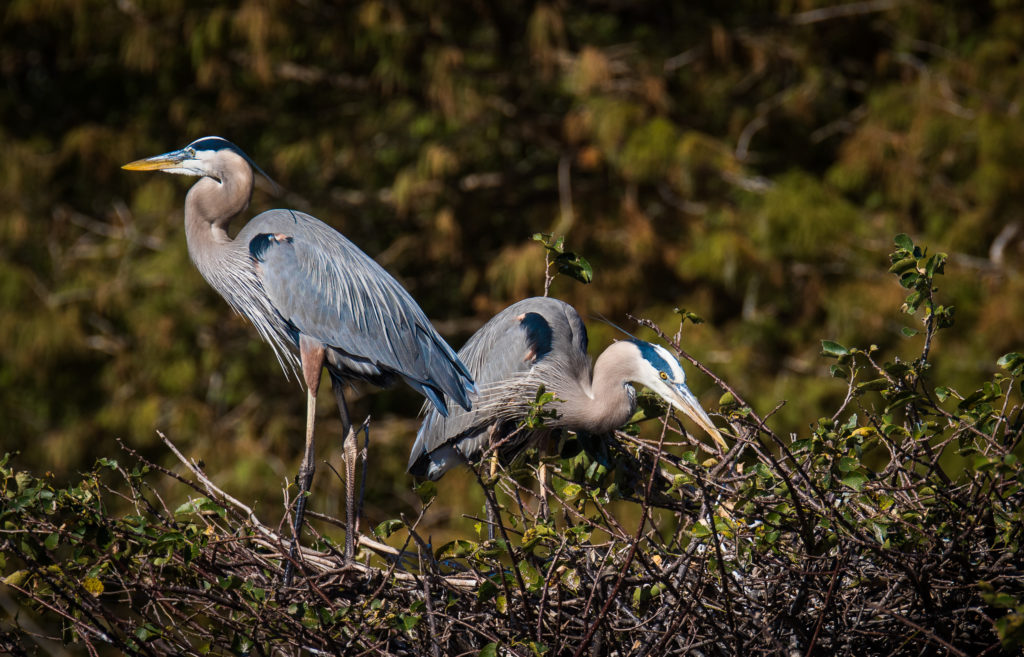
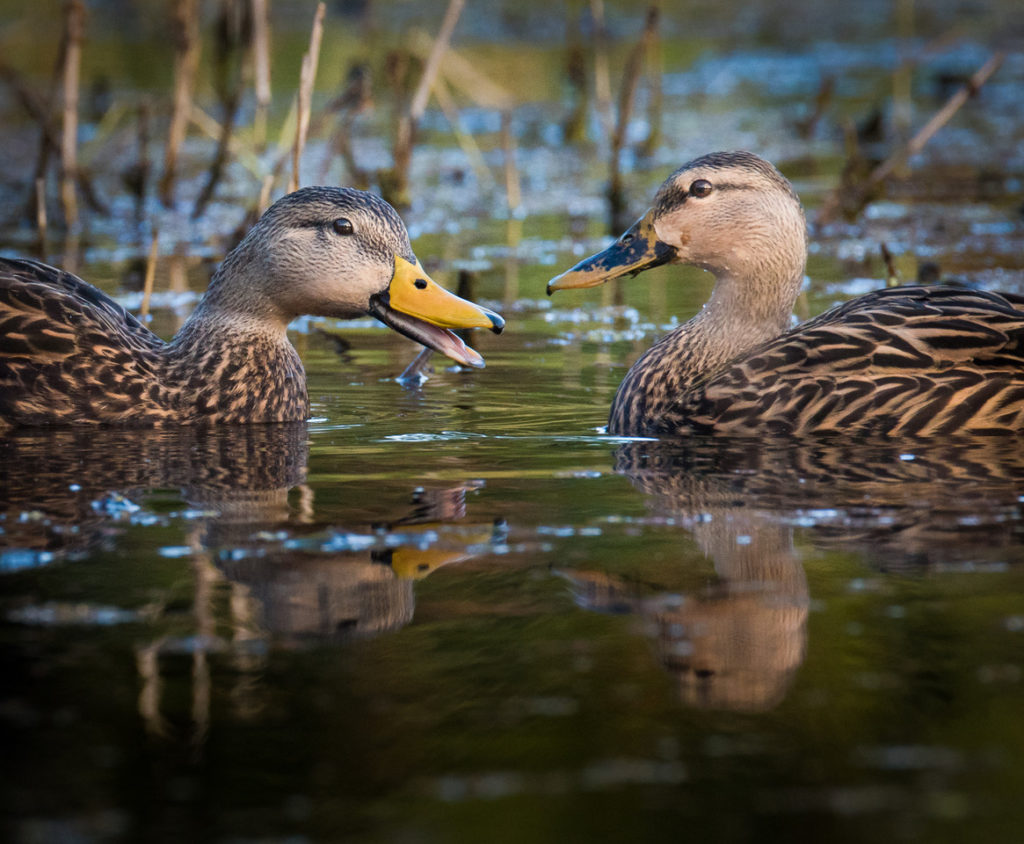
Curious to understand why so many species congregate in this urban surrounded oasis, I began reading the park’s literature and informational signs.
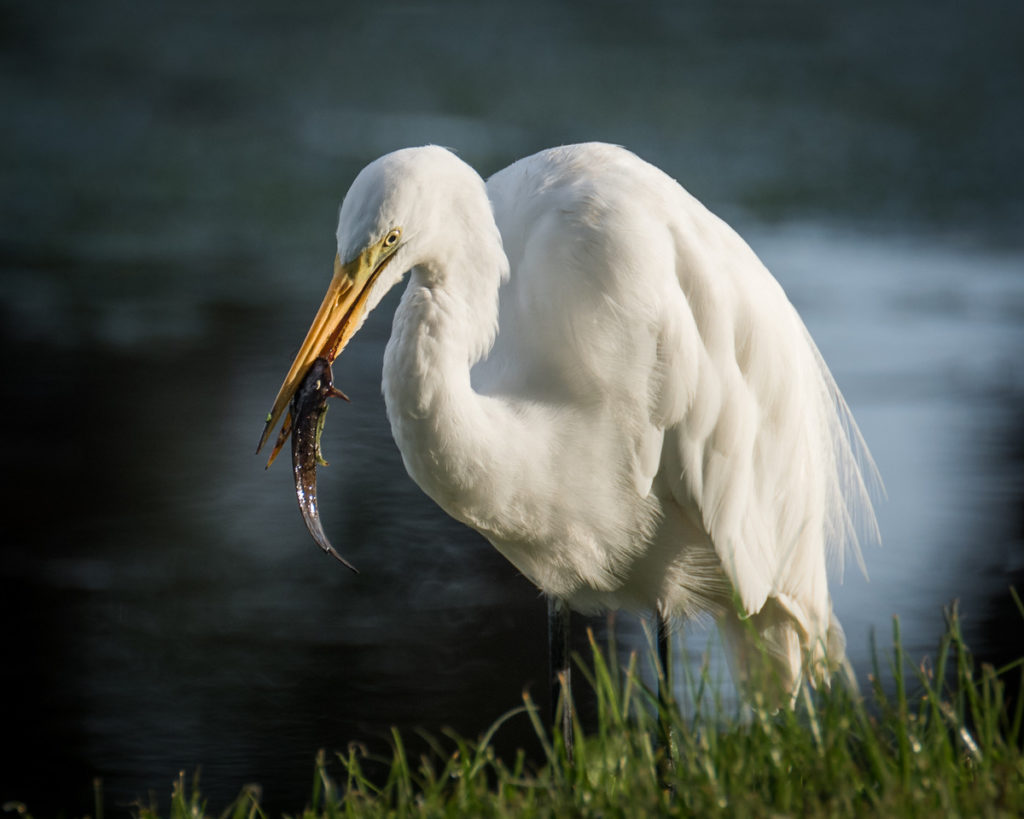
They tell the story of the Palm Beach County Utilities Company “renewing” a former water treatment area in 1996 with massive plantings of beneficial flora like orange-green Arrow Arum and purple flowering Pickerel Weed. They added Spatterdock (lily pads) to discourage the growth of algae, and Duckweed to purify the water while providing food for birds.http://www.photomastersworkshops.com
Islands of Fireflag, Mangrove, Palms and Cypress were placed to provide shelters for nesting.
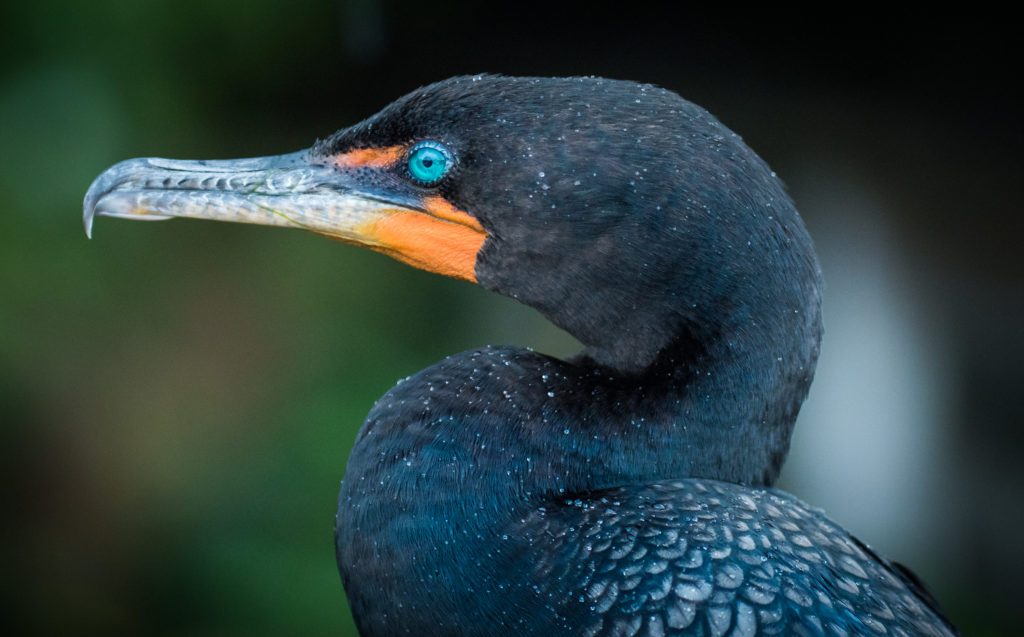
And, whilst not mentioned, I imagined that insects, fish, turtles, and small mammals flourished as well—creating an amazing food chain and cycle of life!
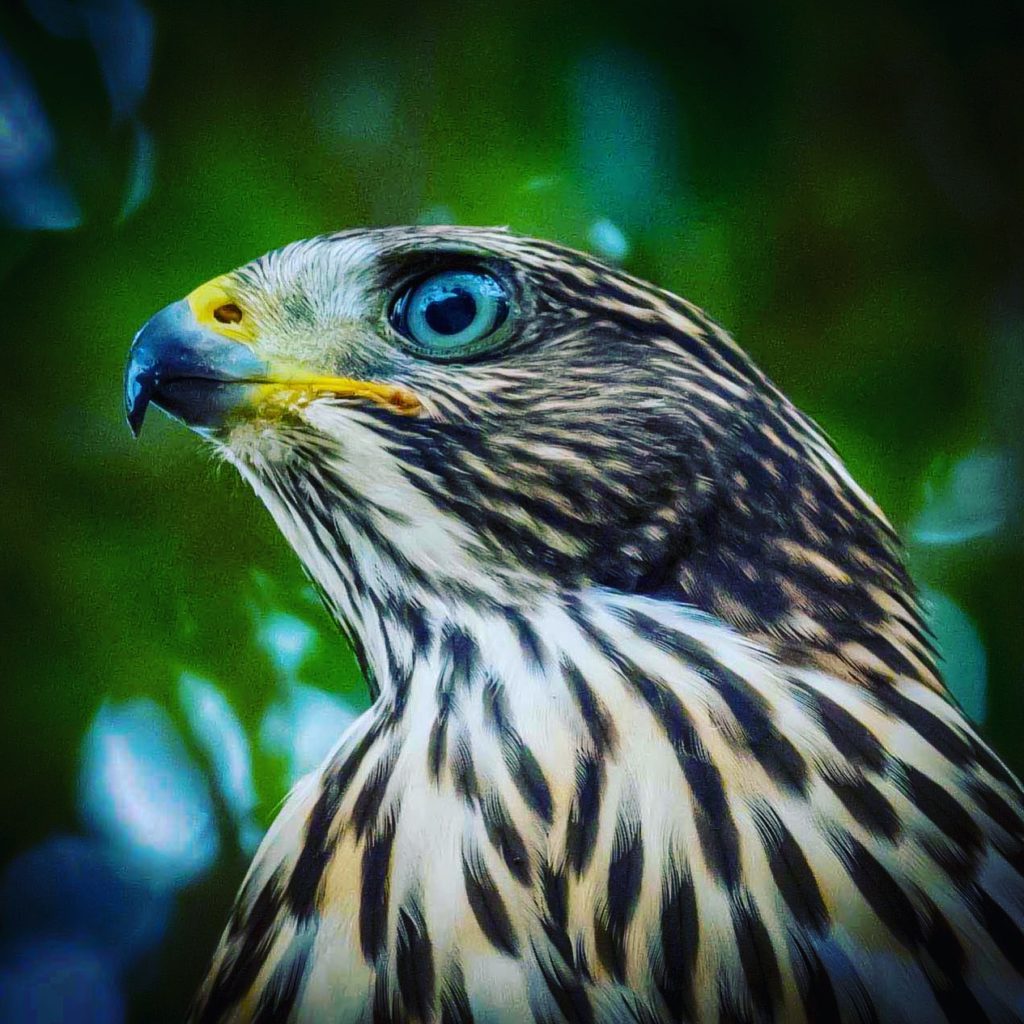
After reading the park’s displays, I felt I was still missing a major piece of the puzzle. I mean, this place could be described as the Jurassic Park of Florida wildlife: thousands of birds overhead, dozens of Alligators below and the air filled with a symphony of animal calls! Cue the John Williams movie score!
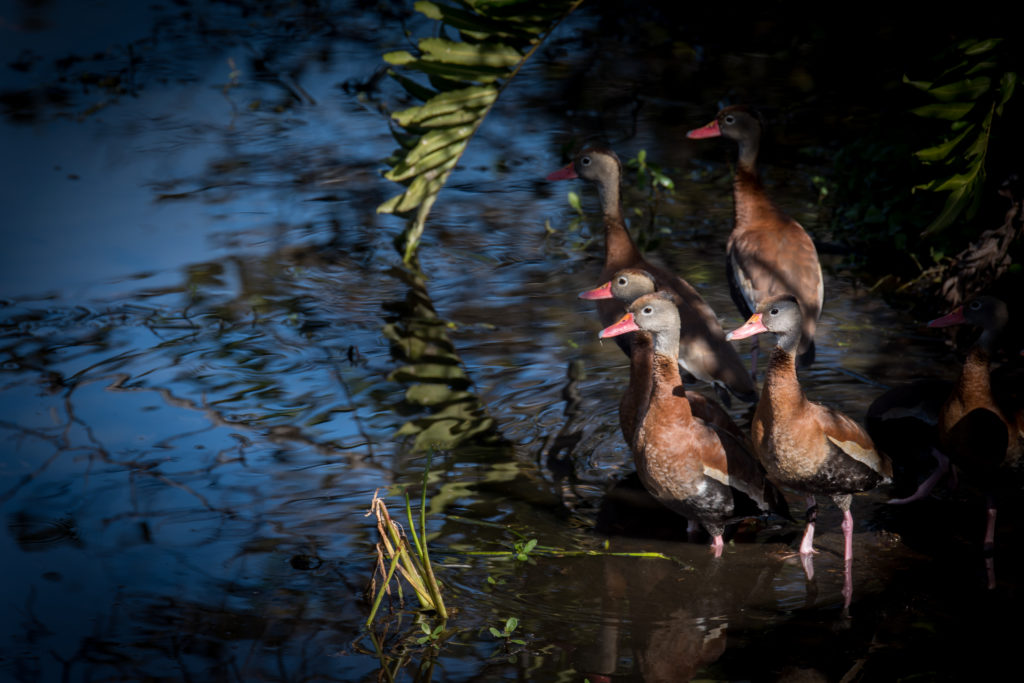
I sought out a scientist with the South Florida Water Management District and learned the secret:
“Its all about hydrology, she said, ” The water in the wetland is maintained at the ideal depth for wading birds to walk and fish. Unlike in the wild, when marsh water becomes deep, wading birds can’t hunt for food, so they move on. In the wild, when excessive drought makes the water too shallow, predators can get to the island roosts and the birds abandon their nests.
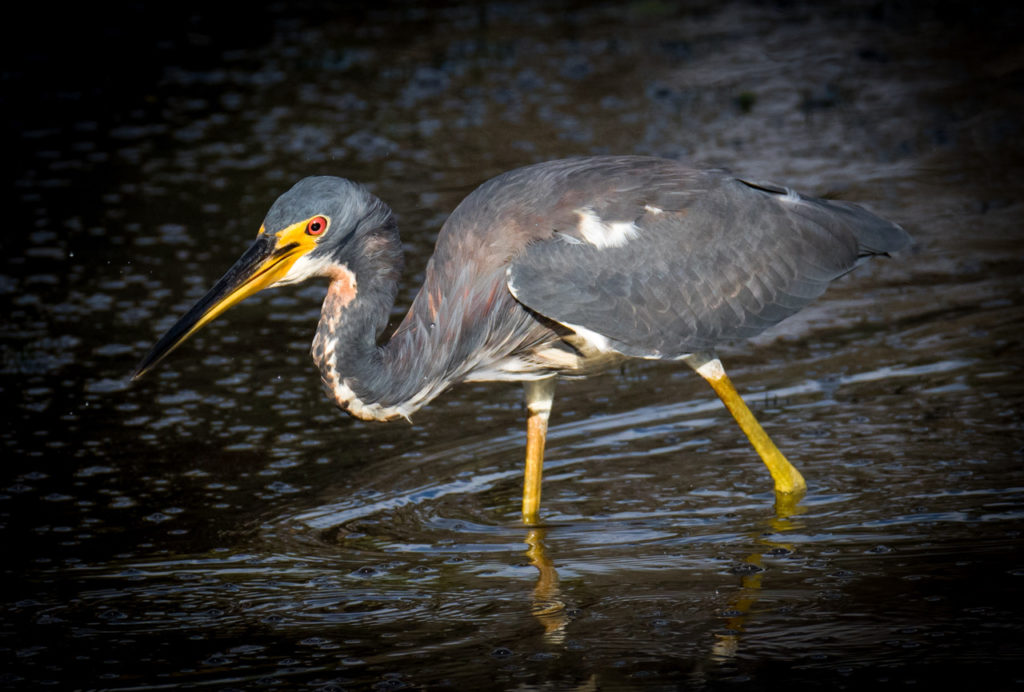
At Wakodahatchee, water levels have been managed for twenty years, so the local population of birds grows each year and additional migrating birds return to nest each season.”
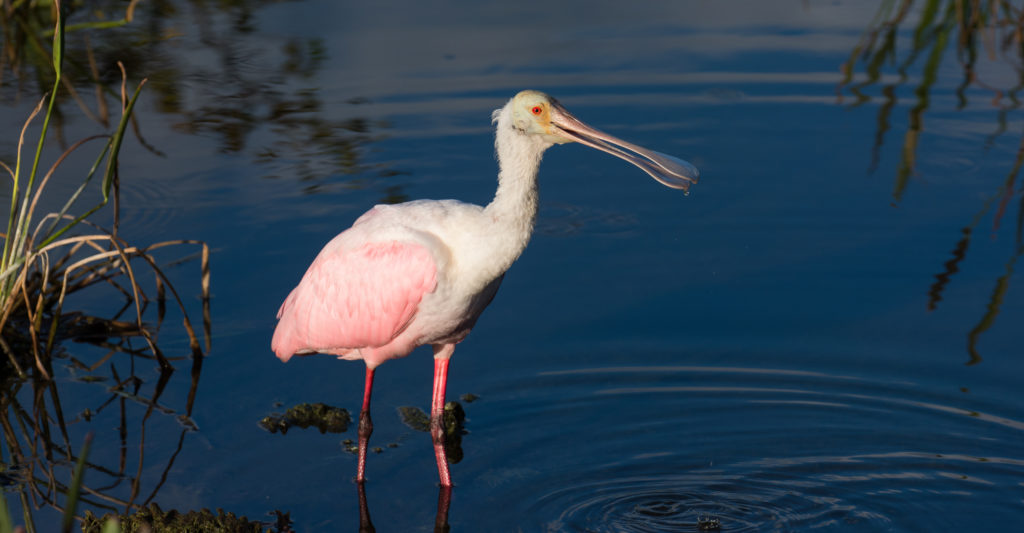
As a photography workshop and birding guide I was extremely happy with this discovery and new understanding of managed wetlands.
Wakodohatchee and its neighboring Green Cay park in Southern Palm Beach County provide lots of thrills for enthusiasts of all ages. A one-day photo excursion here is a guaranteed success — a perfect workshop day to learn and practice focus, exposure and depth of field.
Every participant goes home with a bounty of images and many can be prized species that would otherwise require a week of trekking through the Everglades! If you have questions, I invite you to email me at rjg@rjgibson.com.
If you’d like to know more about me and my experiences, go tohttp://www.GibsonCreativeFL.com
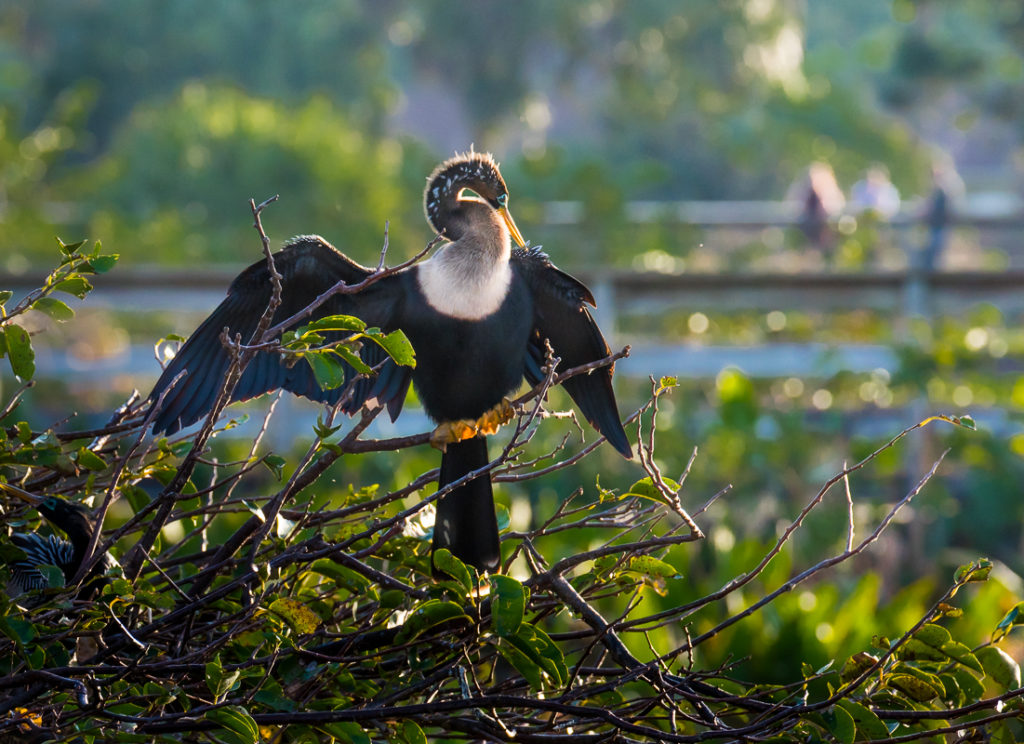
-Bob Gibson
